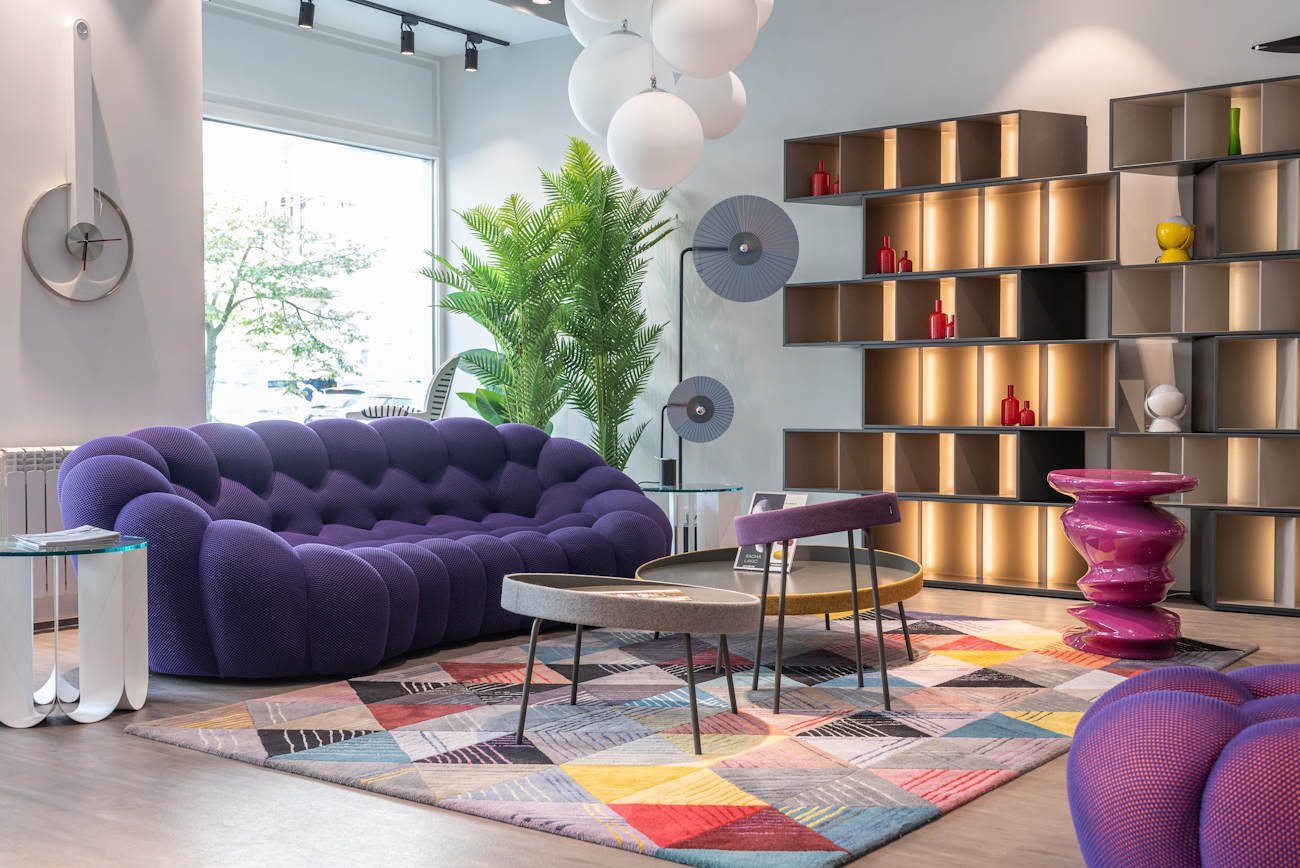Insights
The Art Deco Influence: Tracing its Impact on Office Furniture Aesthetics

In the fast-paced world of interior design, few styles have stood the test of time like Art Deco. This iconic movement, which emerged in the early 20th century, continues to captivate with its luxurious aesthetic. But Art Deco isn't confined to palatial estates; it has also left an indelible mark on the world of office furniture. Join us as we delve into the history and evolution of this timeless influence on office aesthetics. In this blog, we will journey through the decades to uncover how Art Deco's distinctive features have influenced the corporate landscape, transforming mundane workspaces into elegant hubs of productivity and creativity.

A Glimpse into Art Deco
Art Deco, an abbreviation of Arts Décoratifs, burst onto the design scene in the early 20th century. Emerging in the 1920s, it was a reaction to the sombre backdrop of post-World War I Europe. Characterised by a surge of optimism, economic prosperity, and an unabashed desire for opulence, Art Deco ushered in an era of aesthetic innovation. Its defining features include bold geometric shapes, lavish materials, and a fascination with technology and industrialisation.
Art Deco was not confined to one creative sphere; it permeated various domains, including architecture, fashion, and, importantly, furniture design. Within the context of office furniture, Art Deco represented the perfect marriage of form and function. It was a celebration of the idea that the workspace could be both efficient and exquisitely stylish. Let's delve deeper into how the Art Deco movement influenced the aesthetics of office furniture.

The Elegance of Geometric Shapes
Art Deco's hallmark is its fearless embrace of geometric shapes. Squares, triangles, circles, and rectangles were used to create visually arresting designs. This geometric fascination found expression in office furniture through desks with sleek, angular lines, bookshelves boasting symmetrical patterns, and chairs adorned with geometric motifs in their upholstery.
Art Deco brought an aesthetic order to office spaces, emphasising the importance of visual coherence and efficiency. Desks often featured streamlined surfaces accented with chrome or brass, epitomising a fusion of modern materials with traditional craftsmanship. The emphasis on geometric design was not just visually appealing; it also conveyed a sense of structure and organisation, characteristics highly valued in office environments.

Luxurious Materials as the Essence
Luxury is a word intrinsically tied to Art Deco, and this opulence is most evident in the choice of materials used. Exotic woods, such as Macassar ebony and zebrawood, were favoured for their exquisite grain patterns and deep, lustrous finishes. These materials radiated opulence and sophistication, making them ideal for crafting executive desks and boardroom tables.
Metal accents, often in the form of chrome, stainless steel, or brass, introduced an element of glamour to office furniture. These metallic embellishments weren't merely decorative; they provided structural support, enhancing the furniture's durability while elevating its aesthetic appeal.

Attention to Minute Details
Art Deco's dedication to detail was unparalleled. Furniture designers exhibited meticulous craftsmanship and adorned their creations with intricate inlays, marquetry, and veneer work. The resulting pieces were often elevated to the status of functional artworks.
Handles and hardware were not overlooked; they were meticulously designed with geometric motifs and sleek lines. Drawer pulls, cabinet knobs, and chair arms added an extra layer of sophistication to everyday office furniture, underlining the movement's devotion to meticulous detailing.

A Vibrant Colour Palette
Art Deco's colour palette is known for its bold, contrasting hues. Rich jewel tones like emerald green, sapphire blue, and ruby red were harmonised with neutral shades such as black, white, and beige. These vibrant colours frequently adorned upholstery, rugs, and wall coverings, creating a sense of drama and excitement within office spaces.
Beyond colour, Art Deco embraced mirrored surfaces and lacquered finishes, further heightening the sense of luxury and glamour. Mirrored furniture, including credenzas and side tables, not only reflected light but also contributed to a sense of spaciousness, making them popular choices in office interiors.

The Enduring Legacy of Art Deco in Modern Office Furniture
While the peak of Art Deco's popularity was in the 1920s and 1930s, its influence on office furniture aesthetics endures. Contemporary office furniture designers continue to draw inspiration from the Art Deco era, seamlessly blending the movement's timeless elegance with modern functionality.
Today, you can easily find office desks with sleek, angular designs reminiscent of Art Deco, alongside chairs featuring bold geometric patterns in their upholstery. Materials such as Macassar ebony and chrome accents continue to be popular choices, marrying nostalgia with contemporary demands.
The vibrant colour palette of Art Deco, with its dramatic contrasts and jewel tones, continues to inspire office interiors. Many companies choose this aesthetic to infuse their workspaces with elegance and sophistication, fostering an environment conducive to creativity and productivity.

In Conclusion
Art Deco's profound impact on office furniture aesthetics endures as a testament to its enduring appeal. It demonstrates that the workspace can be both efficient and visually captivating, embodying the idea that aesthetics play a vital role in enhancing productivity and creating an environment where people take pride in their surroundings.
So, the next time you sit at an Art Deco-inspired office desk or chair, take a moment to appreciate not only its design but also the rich history and timeless elegance it represents. Create an aesthetic work environment with Haiken and be reminded of how your furniture can be a source of inspiration and motivation.